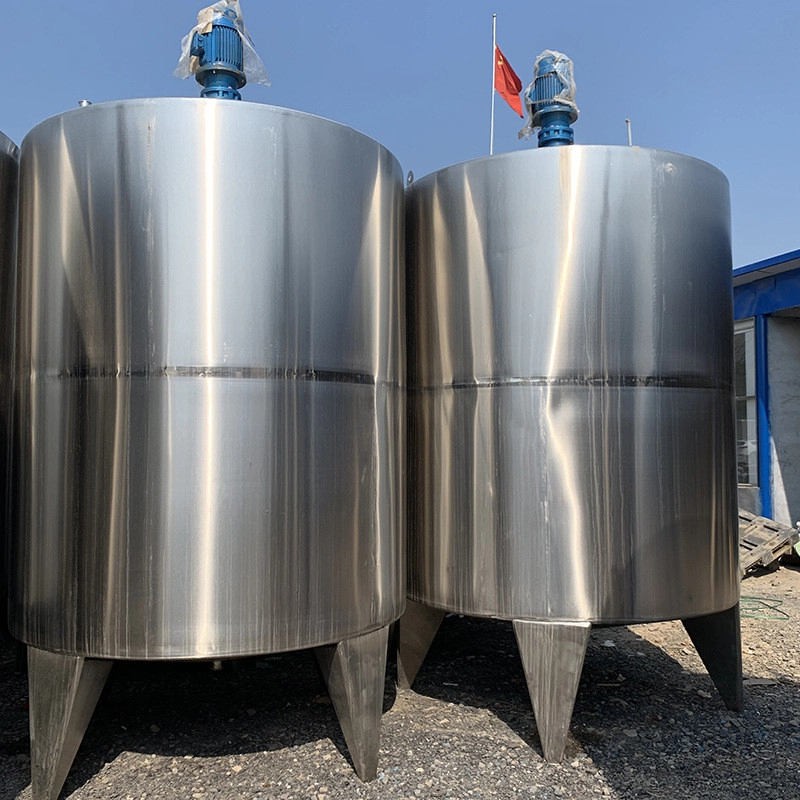
Why This Tank Size Dominates Industrial Applications
With global water storage demand growing 12% annually since 2023 (Global Water Report, 2025), the 500-gallon stainless steel water storage tank strikes a perfect balance between capacity and space efficiency. Unlike smaller tanks requiring frequent refills, this size handles mid-scale operations effortlessly. For instance, a California brewery we partnered with in 2025 reduced water replenishment frequency by 60% after switching to this system.
Material Matters: Steel vs Plastic Tanks
| Feature |
Stainless Steel |
Plastic |
| Lifespan |
25+ years |
8-12 years |
| Corrosion Resistance |
Excellent |
Moderate |
| UV Protection |
Inherent |
Requires additives |
Installation Made Simple: 5-Step Guide
- Prepare a level concrete base (minimum 6″ thickness)
- Position tank using forklift with protective sleeves
- Connect inlet/outlet pipes with food-grade seals
- Install overflow protection and pressure gauge
- Conduct 48-hour leak test before full operation
Warning: Never place tanks directly on bare soil – differential settling causes structural stress!
Real-World Success Story
An Arizona solar farm reduced maintenance costs by 40% after switching to GD Weiting’s 500-gallon stainless tanks. The secret? Modular design allowed easy capacity expansion as their operations grew.
Checklist for Tank Maintenance
- □ Quarterly visual inspection for surface scratches
- □ Annual valve lubrication
- □ Biannual sediment removal
FAQs
- Q: How often should I clean the tank?
- A: Every 6 months for drinking water systems, annually for industrial use.
- Q: Can it handle acidic liquids?
- A: Only with 316L grade stainless steel – verify material specs first.
